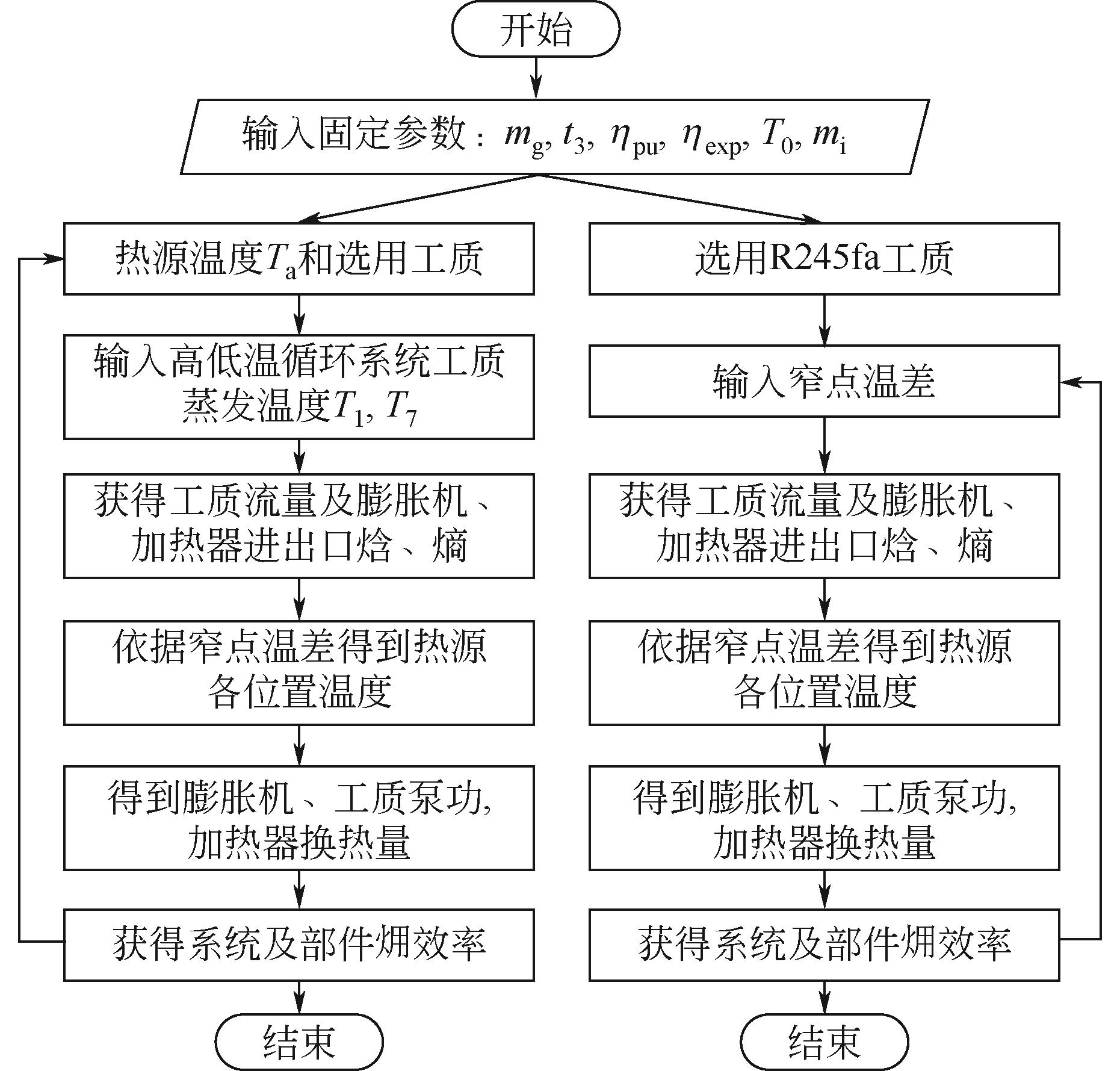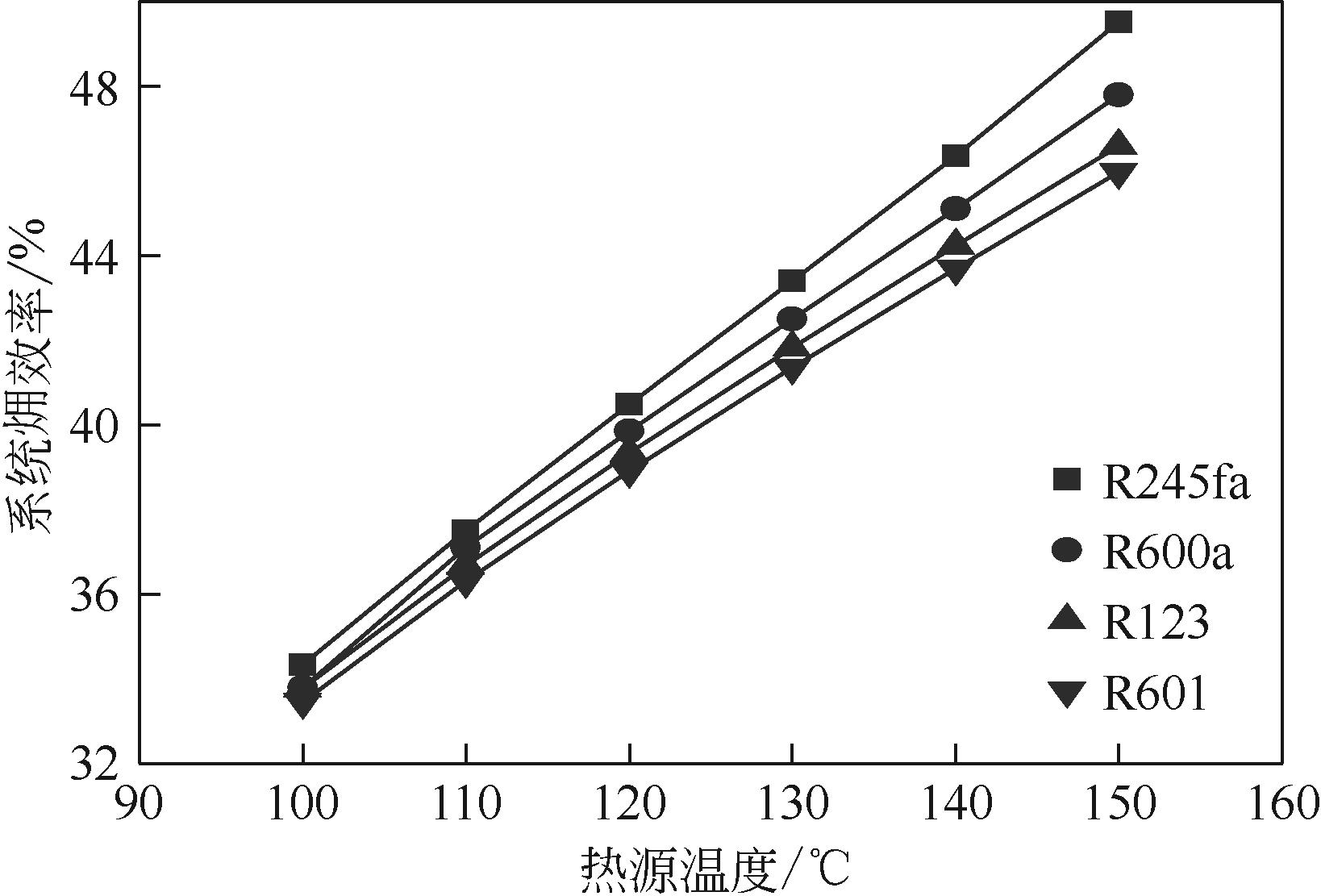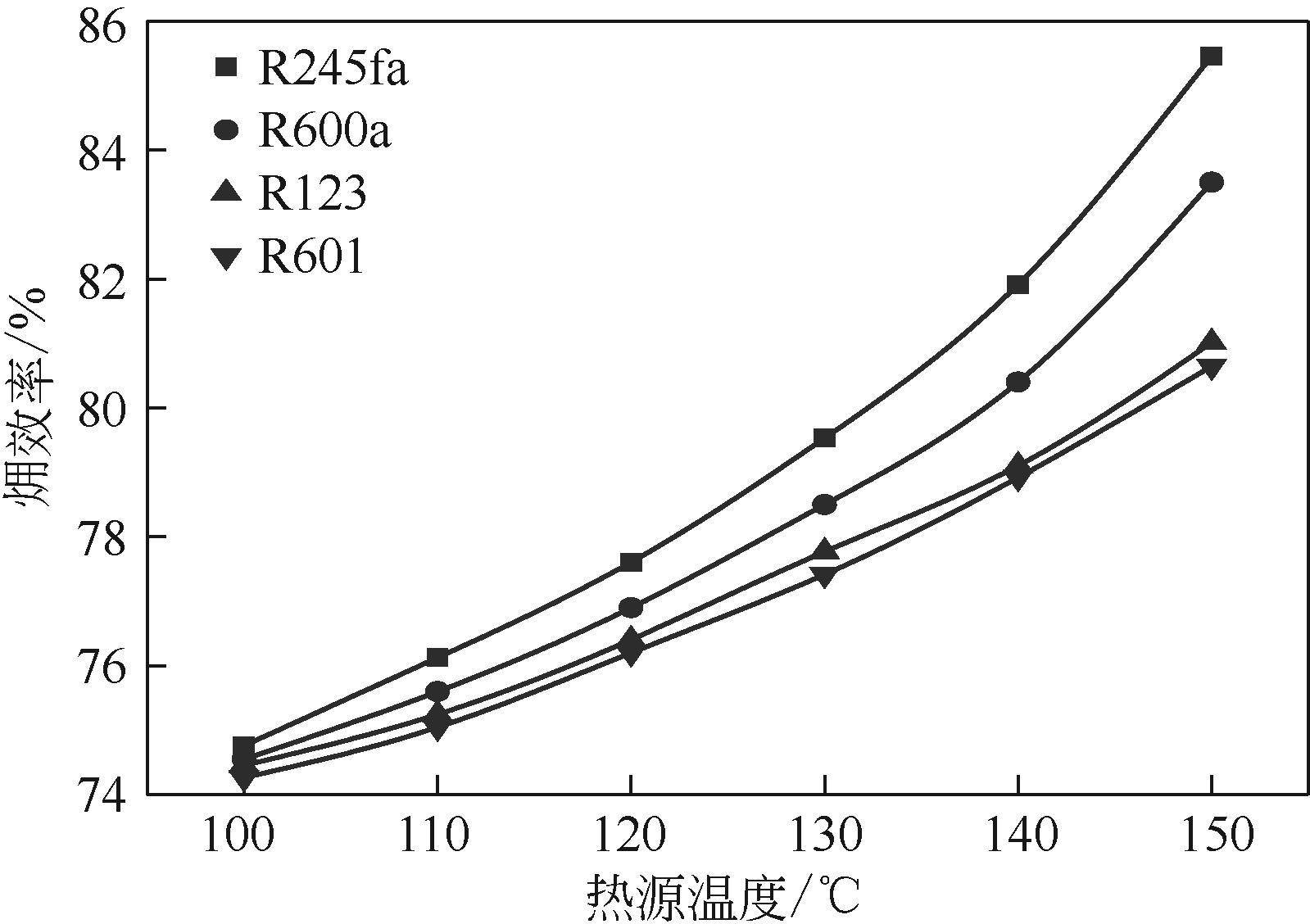| 1 |
SUN W Q, YUE X Y, WANG Y H. Exergy efficiency analysis of ORC (organic rankine cycle) and ORC-based combined cycles driven by low-temperature waste heat[J]. Energy Conversion and Management, 2017, 135: 63-73.
|
| 2 |
HEBERLE F, BRÜGGEMANN D. Exergy based fluid selection for a geothermal organic rankine cycle for combined heat and power generation[J]. Applied Thermal Engineering, 2010, 30(11/12): 1326-1332.
|
| 3 |
ZHAO Chunhua, ZHENG Siyu, ZHANG Ji, et al. Exergy and economic analysis of organic Rankine cycle hybrid system utilizing biogas and solar energy in rural area of China[J]. International Journal of Green Energy, 2017, 14(14): 1221-1229.
|
| 4 |
雷欢, 杨金福, 唐长亮, 等. 结合ORC和VCR的中温余热回收系统性能分析[J]. 热能动力工程, 2017, 32(1): 7-12,117-118.
|
|
LEI Huan, YANG Jinfu, TANG Changliang, et al. Performance of a medium-temperature waste heat refrigeration system with combined ORC and VCR[J]. Journal of Engineering for Thermal Energy and Power, 2017, 32(1): 7-12,117-118.
|
| 5 |
ALJUNDI I H. Effect of dry hydrocarbons and critical point temperature on the efficiencies of organic Rankine cycle[J]. Renewable Energy, 2011, 36(4): 1196-1202.
|
| 6 |
LONG R, BAO Y J, HUANG X M, et al. Exergy analysis and working fluid selection of organic Rankine cycle for low grade waste heat recovery[J]. Energy, 2014, 73: 475-483.
|
| 7 |
张军辉, 刘娟芳, 陈清华. 有机朗肯循环系统最佳蒸发温度和㶲分析[J]. 化工学报, 2013, 64(3): 820-826.
|
|
ZHANG Junhui, LIU Juanfang, CHEN Qinghua. Optimal evaporating temperature and exergy analysis for organic Rankine cycle[J]. CIESC Journal, 2013, 64(3): 820-826.
|
| 8 |
马帅杰, 林文胜. 利用燃气轮机烟气余热的复合有机朗肯循环系统优化分析[J]. 制冷学报, 2019, 40(6): 39-45.
|
|
MA Shuaijie, LIN Wensheng. Optimization and analyses of an organic Rankine cycle combined system utilizing the waste heat of gas turbine exhaust[J]. Journal of Refrigeration, 2019, 40(6): 39-45.
|
| 9 |
钟绍庚, 王子龙, 孙义文, 等. ORC发电系统变热源温度实验研究[J]. 热能动力工程, 2019, 34(8): 10-15, 24.
|
|
ZHONG Shaogeng, WANG Zilong, SUN Yiwen, et al. Experimental study on variable heat source temperature for ORC power generation system[J]. Journal of Engineering for Thermal Energy and Power, 2019, 34(8): 10-15, 24.
|
| 10 |
LI J, PEI G, LI Y Z, et al. Energetic and exergetic investigation of an organic Rankine cycle at different heat source temperatures[J]. Energy, 2012, 38(1): 85-95.
|
| 11 |
NUR T B, SUNOTO. Exergy analysis of biomass organic Rankine cycle for power generation[J]. IOP Conference Series: Materials Science and Engineering, 2018, 309: 012057.
|
| 12 |
KAŞKA Ö. Energy and exergy analysis of an organic Rankine for power generation from waste heat recovery in steel industry[J]. Energy Conversion and Management, 2014, 77: 108-117.
|
| 13 |
SAFARIAN S, ARAMOUN F. Energy and exergy assessments of modified organic rankine cycles (ORCs)[J]. Energy Reports, 2015, 1: 1-7.
|
| 14 |
BADEMLIOGLU A H. Exergy analysis of the organic Rankine cycle based on the pinch point temperature difference[J]. Journal of Thermal Engineering, 2019, 5(3): 157-165.
|
| 15 |
MAGO P J, CHAMRA L M. Exergy analysis of a combined engine-organic Rankine cycle configuration[J]. Proceedings of the Institution of Mechanical Engineers, Part A: Journal of Power and Energy, 2008, 222(8): 761-770.
|
| 16 |
JIN Y L, GAO N P, WANG T T. Influence of heat exchanger pinch point on the control strategy of organic Rankine cycle (ORC)[J]. Energy, 2020, 207: 118196.
|
| 17 |
SUN Q X, WANG Y X, CHENG Z Y, et al. Thermodynamic optimization of a double-pressure organic Rankine cycle driven by geothermal heat source[J]. Energy Procedia, 2017, 129: 591-598.
|
| 18 |
LI J, DUAN Y Y, YANG Z, et al. Exergy analysis of novel dual-pressure evaporation organic Rankine cycle using zeotropic mixtures[J]. Energy Conversion and Management, 2019, 195: 760-769.
|
| 19 |
李健, 段远源, 杨震, 等. 双压蒸发有机朗肯循环系统㶲分析[J]. 工程热物理学报, 2019, 40(7): 1458-1464.
|
|
LI Jian, DUAN Yuanyuan, YANG Zhen, et al. Exergy analysis for the dual-pressure evaporation organic Rankine cycle system[J]. Journal of Engineering Thermophysics, 2019, 40(7): 1458-1464.
|
| 20 |
LIU G L, WANG Q Y, XU J L, et al. Exergy analysis of two-stage organic Rankine cycle power generation system[J]. Entropy, 2020, 23(1): 43.
|
| 21 |
KANOGLU M, BOLATTURK A. Performance and parametric investigation of a binary geothermal power plant by exergy[J]. Renewable Energy, 2008, 33(11): 2366-2374.
|
 ), XU Jinliang, MIAO Zheng(
), XU Jinliang, MIAO Zheng( )
)








